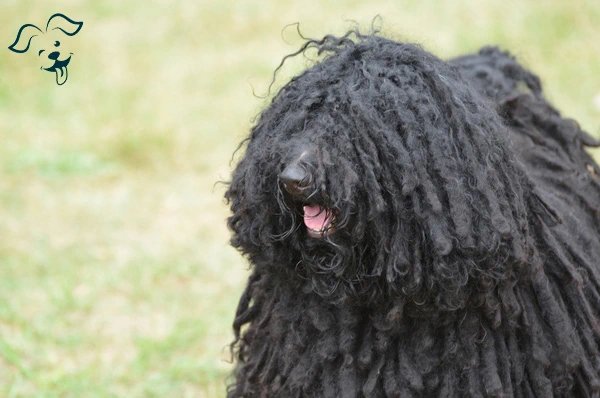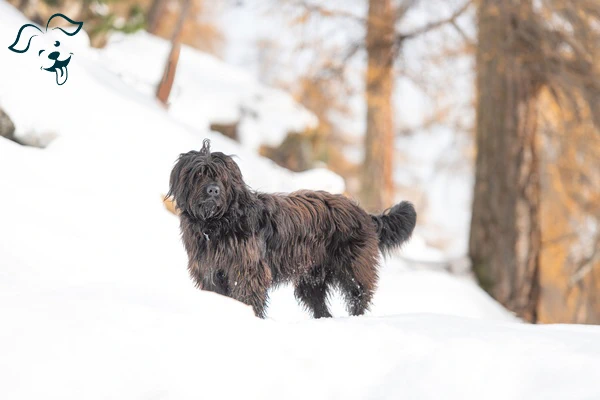CARING WITH FAMILY
|
| The likelihood of a breed being affectionate towards family members or well-known individuals can differ. While certain breeds may come across as aloof towards all but their owner, other breeds treat anyone they are acquainted with as their closest confidant. |
LOVE WITH CHILDREN
Unwise
Good With Children
|
| It is important to consider a breed's capacity to tolerate and be patient with children's actions, as well as its overall family-friendly characteristics. When it comes to young kids or those who have limited interaction with dogs, it is crucial to provide constant supervision whenever dogs are present. |
BEHAVIOR WITH DOGS
Unwise
Good With Other Dogs
|
| It is essential to gauge the general friendliness of a breed towards other dogs. While all dog interactions and introductions should be supervised, certain breeds have a natural inclination to be more sociable and get along well with other dogs, whether it be within the household or in public settings. |
SHEDDING LEVELS & MANAGEMENT
No Shedding
Hair Everywhere
|
| Considering the amount of fur and hair a breed tends to shed is crucial. Breeds that have a high shedding tendency will necessitate more frequent brushing to manage their fur. Additionally, they are more likely to trigger certain types of allergies and may require regular vacuuming and lint-rolling to maintain cleanliness. |
COAT GROOMING STANDARDS
|
| When evaluating a breed, it's important to assess the frequency of bathing, brushing, trimming and other forms of coat maintenance required. This consideration involves determining the amount of time, patience and budget you can allocate for grooming. It's worth noting that all breeds necessitate regular nail trimming as part of their routine care. |
DROOLING INTENSITY
Less Likely to Drool
Always Have a Towel
|
| It's worth considering the tendency of a breed to drool. If you have a preference for cleanliness, it may not be suitable for you to opt for a breed that can leave long strands of saliva on your arm or create substantial wet spots on your clothes. |
COAT STYLES GUIDE |
| Corded, Double |
| COAT SPECTRUM |
| Long |
FRIENDLINESS
Reserved
Everyone Is My Best Friend
|
| It is important to consider the breed's disposition towards strangers. Certain breeds are naturally reserved or cautious around unfamiliar individuals, regardless of the setting, while others are generally eager to meet new people whenever they are present. |
LIVELINESS
Only When You Want To Play
Non-Stop
|
| It's worth considering a breed's level of enthusiasm for play, even beyond puppyhood. Some breeds maintain a strong desire to engage in activities like tug-of-war or fetch well into their adult years. On the other hand, certain breeds are content to spend most of their time relaxing on the couch with you. |
VIGILANCE INTENSITY
What's Mine Is Yours
Vigilant
|
| The tendency of a breed to alert you about the presence of strangers should be taken into account. Some breeds are more prone to react to potential threats, such as the mailman or a squirrel spotted outside the window. Additionally, these breeds are more likely to become more comfortable with strangers who enter the house and are accepted by their family. |
ADAPTATION CAPACITY
Lives For Routine
Highly Adaptable
|
| It is important to consider how easily a breed adapts to change. This includes changes in living conditions, noise levels, weather, daily schedules and other variations in day-to-day life. Some breeds are more resilient and flexible, while others may struggle to adjust to new circumstances. |
OBEDIENCE LEVEL
Self-Willed
Eager to Please
|
| The ease of training and the willingness of a dog to learn new things are significant factors to consider. While certain breeds are inherently motivated to please their owners and are apt learners, others may have a more independent nature and choose to do things on their own terms, at their own pace and wherever they please. |
STAMINA LEVEL
|
| It is important to consider the exercise and mental stimulation needs of a breed. High-energy breeds are always prepared and enthusiastic for their next adventure. They thrive on activities such as running, jumping and playing, requiring ample exercise throughout the day. On the other hand, low-energy breeds are more inclined to be couch potatoes finding contentment in lounging around and snoozing. |
VOCALIZATION
|
| Medium |
LEARNING CURIOSITY LEVEL
Happy to Lounge
Needs a Job or Activity
|
| Assess the level of mental stimulation necessary for the well-being and contentment of each breed. Purpose-bred dogs often have occupations that demand decision-making, problem-solving, concentration and other cognitive qualities. Without adequate mental exercise, they may resort to creating their own activities to occupy their minds. Unfortunately, these self-initiated projects might not align with your preferences or expectations. |
| COLORS |
|
Description
|
Registration Code
|
|
Black
|
007
|
|
Silver
|
176
|
|
White
|
199
|
|
Rust
|
161
|
|
Brindle
|
057
|
|
Cream
|
076
|
|
Brown
|
061
|
|
| PATTERNS |
|
Description
|
Registration Code
|
|
Black Mask
|
004
|
|
White Markings
|
014
|
|
Black Markings
|
002
|
|






























FRIENDLINESS
LIVELINESS
VIGILANCE INTENSITY
ADAPTATION CAPACITY